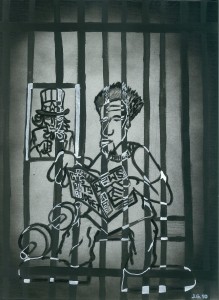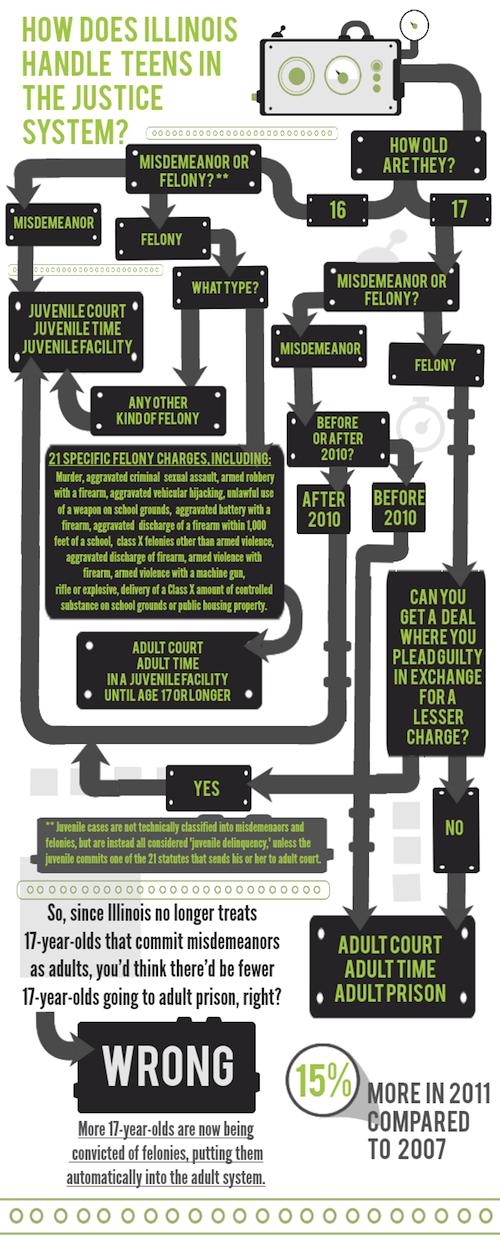
by Billy Dee
Since I started this blog two and a half years ago, I have received several e-mails. Most of them are inquiries, some are personal stories, and still others express anger and/or frustration. Last month, a gentleman wrote to inform me that I am obsessed with police violence and to say that “the police don’t shoot black people in cold blood anymore.” I haven’t directly responded to his email and I don’t think that I will. Instead, I offer the following reminder about the 2005 Danzinger Bridge Shootings for those who remain ignorant about the murderous capabilities of the police…
THE DANZINGER BRIDGE SHOOTINGS
WHAT HAPPENED?
On September 4, 2005 a short item appeared in the Associated Press:
“Police shot eight people carrying guns on a New Orleans bridge Sunday, killing five or six of them, a deputy chief said. Deputy Police Chief W.J. Riley said the shootings took place on the Danziger Bridge, which connects Lake Pontchartrain and the Mississippi River.”
A week after Hurricane Katrina, at around 9 am on September 4, 2005, a group of police officers commandeered a Budget rental truck and headed to the Danzinger Bridge after hearing a distress call from another cop who said that people were shooting at police and rescue workers.
As the truck approached the bridge, officer Michael Hunter, who was at the wheel, fired warning shots out of the window. He parked behind the Bartholomew family and as officers began exiting the truck, they immediately started shooting, killing 17 year old James Brissette and wounding four others: Jose Holmes, 19; his aunt, Susan Bartholomew, his uncle, Leonard Bartholomew III, and a teenage cousin, Lesha Bartholomew.
The family had been crossing the bridge heading from a local motel where they had been camped to the Winn Dixie supermarket to shop for food. James Brissette was killed by a shotgun blast to the back of the head and then was shot at least three more times while he lay on the ground. Susan Bartholomew’s arm was shot off. Her 19-year-old nephew Jose Holmes was shot in the arm, the jaw and the abdomen.
Police then chased down Ronald and Lance Madison, two brothers, who had been walking a ways ahead of the Bartholomew family. Hearing the gunfire, the Madisons began to run. Ronald Madison, a 40-year old man who had the mental capacity of a 6 year old, was injured. Eventually, another officer, later identified as Robert Faulcon, killed him with a shotgun blast to the back as he tried to run away.
After his brother was killed, Lance Madison, who was unhurt, was surrounded by police officers and accused of firing a weapon at police. He was arrested and booked that day with eight counts of attempted murder.
In all, four people were wounded and two died that day. The police contended that they were being shot at on the Bridge and took appropriate action to neutralize the threat.
Over a year later in December 2006, after a Grand Jury had heard details of the case, seven New Orleans police officers were indicted for their roles in the Danzinger Bridge shootings. Four police officers — Sgt. Kenneth Bowen, Sgt. Robert Gisevius, officer Anthony Villavaso and officer Robert Faulcon — were charged with the first-degree murder of James Brissette. Faulcon was also charged with the first-degree murder of Ronald Madison. Three more officers faced attempted-murder charges. These officers became known in the press as the “Danzinger 7.”
The story of the Danzinger Bridge incident is a case study in police abuse of power and lawlessness. It is also the story of a massive cover-up.
Read more »




